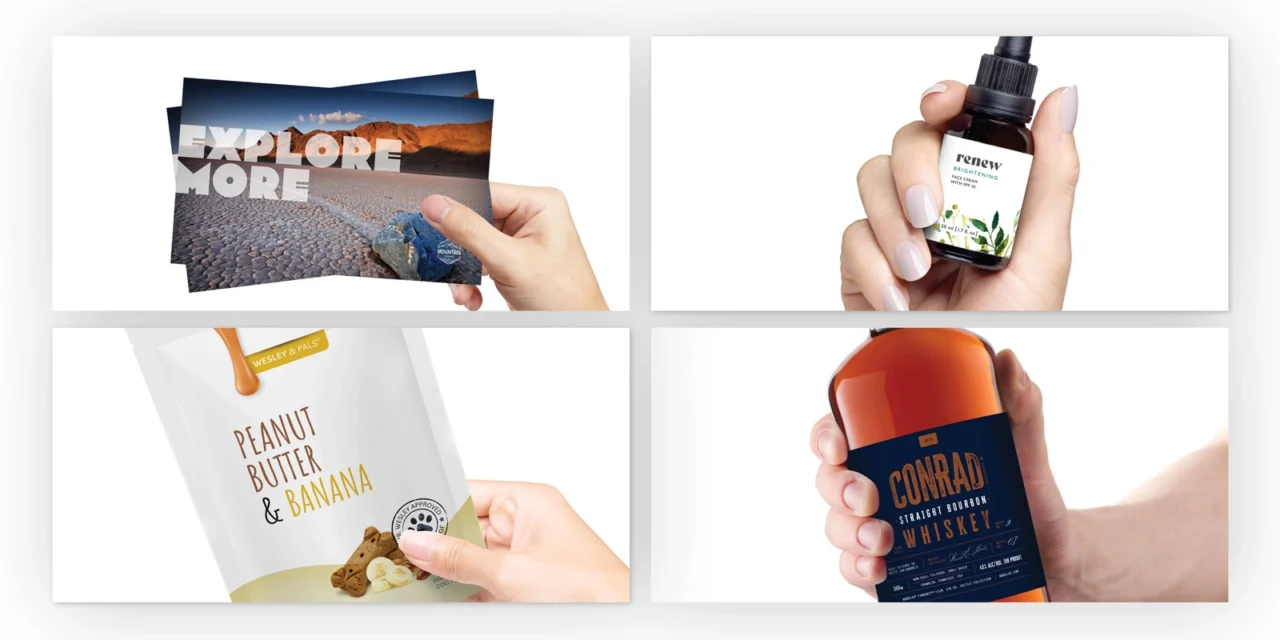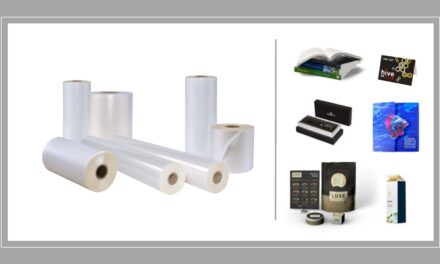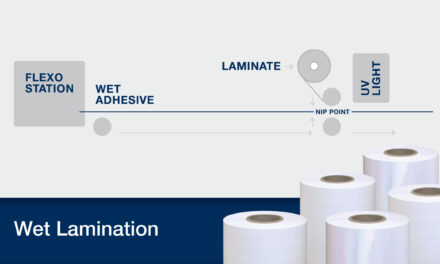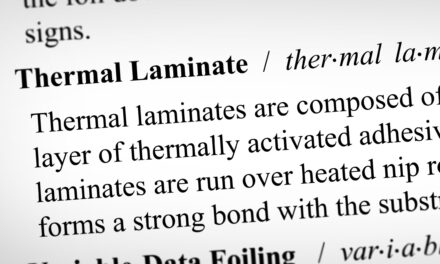ENGAGING THE SENSES IN MARKETING
Whether we play the role of consumer, product developer, manufacturer, or marketing lead, each of us is regularly on the receiving end of marketing efforts from companies in a wide range of industries and services. People are continuously exposed to carefully crafted packaging and advertising. In an endless sea of marketing strategies, bright colors, and consumer psychology, how can the average brand ensure its message is heard and convince consumers a product is worth purchasing?
One popular method involves allowing the packaging to speak for itself through more sensory-focused marketing. This marketing strategy enhances the appeal of packaging by making sure it engages the senses of consumers. Our five senses – sight, touch, smell, sound, and taste – are what allow us to process the world around us on the most basic level. By recognizing this essential fact and intentionally targeting different senses, brands can make sure their packaging doesn’t go unnoticed in a store full of products competing for the consumer’s business.
As one article from Harvard Business Review points out, “Consumers don’t perceive [sensory-based marketing techniques] as marketing messages and therefore don’t react with the usual resistance to ads and other promotions.” By appealing directly to a wider variety or combination of senses, brands can skillfully create associations between their products and positive experiences common to most shoppers. This article will cover all five senses and explore some ways packaging providers and brands can utilize new and existing technologies to enhance marketing efforts.
Visual Packaging
Creative graphics have been a long-time staple for brands in a variety of industries, with bright colors, cartoon mascots, unconventional typography, and endless other marketing tools serving as a reliable way to draw the attention of shoppers in the store. In fact, studies show that at the time of a purchase, attractive visual design is the most crucial factor taken into account by consumers. The other senses may increase the odds of a sale being made, but it is sight that first draws in shoppers and makes further interactions possible.
Modern day print service providers and packaging converters have plenty of competition when it comes to creating unique, original packaging options for brands. However, we also have greater access to value-add embellishment technologies than ever before, many of which can be found in the Nobelus catalog.
- Metalized Laminates: These lamination films are typically opaque and designed to be overprinted, giving folded cartons, rigid boxes, and many other types of packaging the bright, shiny appeal of silver, gold, or other precious metals.
- Holographic Laminates: Holographic finishes come in a wide variety of patterns and can even be made with a metallic backing to add some extra shine. Holographic laminates in the Nobelus portfolio are manufactured in a way that ensures the effect cannot be rubbed off, which makes them highly durable through processing, shipping, and handling. They add depth and interest to designs without distorting printed graphics for truly unique packaging.
- Sleeking® Foils: Foiling technology has been around for a significant time, but Sleeking is a more modern type of variable-data cold foiling that enables printers to perform spot foiling on digital ink. These foils don’t just give packaging a shiny metallic accent; they also enable printers to offer personalization and customization, two techniques that can provide the ultimate connection with a consumer.
While appealing to the sense of sight is by far the most common marketing tactic used in packaging, printers and brands can still put a novel spin on their graphics and designs by strategically employing these value-add processes to maximize the package’s effect on consumers.
Tactile Packaging
When a package catches a consumer’s eye, the next natural step is to pick the package up for closer examination. This is the prime opportunity to form a strong connection with the consumer through the sense of touch. An interesting haptic effect can be the deciding factor in whether or not the consumer completes a purchase and develops a sense of brand loyalty. Few things can communicate luxury and quality as well as a package with pronounced tactility as consumers can immediately tell that the brand puts effort into the products they sell.
In one study, researchers asked subjects to feel various objects and then rate their feeling of ownership over the item. According to the report, “[Touch] leads to increased perceived ownership, and this increase in perceived ownership then leads to an increase in valuation of an object if the object provides neutral or positive sensory feedback.” In other words, attractive packaging with a pleasant tactile element makes it much more likely that a shopper will want to take the item with them through the checkout line.
Modern haptic laminates are incredibly durable against rubbing and scuffing and come in a wide range of textures. The Nobelus portfolio alone includes several different options in the Tactile Collection.
- Karess® Laminate is well known for its luxuriously soft finish, which gives packaging a rich, rose petal feel that instantly communicates quality to shoppers. This finish comes in many different materials and thicknesses and can be paired with dark tones to further enhance its effect on the senses.
- FineGrit™ Laminate provides a stark contrast from soft-touch options with its rugged, gritty texture. Because its surface is heavily embossed in manufacturing, it cannot be rubbed off and is highly resistant to scratching and burnishing.
- FineLeather™ Laminate offers a more subtle texture in the form of a faux leather pattern. It gives packaging a rustic look, making it perfect for tools, men’s hygiene, and many other market segments.
- FineLinen™ Laminate is also on the more subtle side, but its elegant fabric pattern is excellent for folded cartons, boxes, and even many flexible packaging formats.
By pairing these tactile laminates with creative graphics, such as flowers, sandy landscapes, or articles of clothing, brands can make their packaging have greater impact and stand out in the consumer’s mind.
Scented Packaging
Scented packaging is far from a new idea. In fact, scent branding is a concept that stretches far beyond the limits of physical packaging to encompass locations, such as hotel chains, clothing stores, and even movie theaters. However, scented branding is typically used sparingly in print and packaging due to cost constraints, engineering complexity, and limitations regarding suitable applications.
However, it still bears mentioning as it can be used to great effect for many food products, cleaning supplies, and even certain cosmetics. Scented packaging is created by utilizing scent-infused plastics that release microscopic particles when rubbed or scratched. The effect of these materials is long lasting in that they are often capable of releasing the scent throughout the package’s life cycle, but it is the initial interaction that can convince a shopper to purchase the product.
Sound
Sound can certainly play a role in the appeal of packaging, although brands may be limited by the materials they need to use. The crack of an opened soft drink, the pop of the seal on a can of chips, and a crisp tearing sound as the paper wrapper on a gourmet chocolate bar is pulled away can all form a memorable connection with consumers, who come to associate these sounds with the enjoyment of the product.
In the same way, exceptionally unpleasant noises can hurt sales, as was the case with the infamous compostable SunChip bags from 2008; the bags were so loud that they gained global notoriety and became the subject of many jokes. In most instances, the print and packaging industry has little to gain from targeting the sense of sound, but application engineering should still be used to prevent consumers from being driven away from a brand wherever possible.
Taste
For the most part, safe packaging shouldn’t taste like anything, but some brands are finding ways to tantalize the taste buds through detailed, carefully placed imagery. In these cases, it is not the actual sense of taste that drives a sale, but the colors and fresh appearance of the food items used in the graphics helps create a connection in the consumer’s mind between “looks good” and “tastes good.” Some packaging is actually designed to be edible, but sustainability is typically the main focus rather than taste in these applications. Ultimately, the best way to lure in consumers using the sense of taste is simply to make delicious products that make them crave more.
WANT TO ENGAGE THE SENSES WITH LAMINATION?
Nobelus offers a wide range of finishing solutions for the print and packaging industry. If you want to explore more from the Nobelus portfolio or would like to ask questions about our finishing solutions, don’t hesitate to reach out. Our in-house solutions experts can help your business meet its print finishing goals, expand your reach to new customers, and branch out into new markets through dedicated guidance and training. Give our team a call or send us an email to get in touch and continue the discussion.





